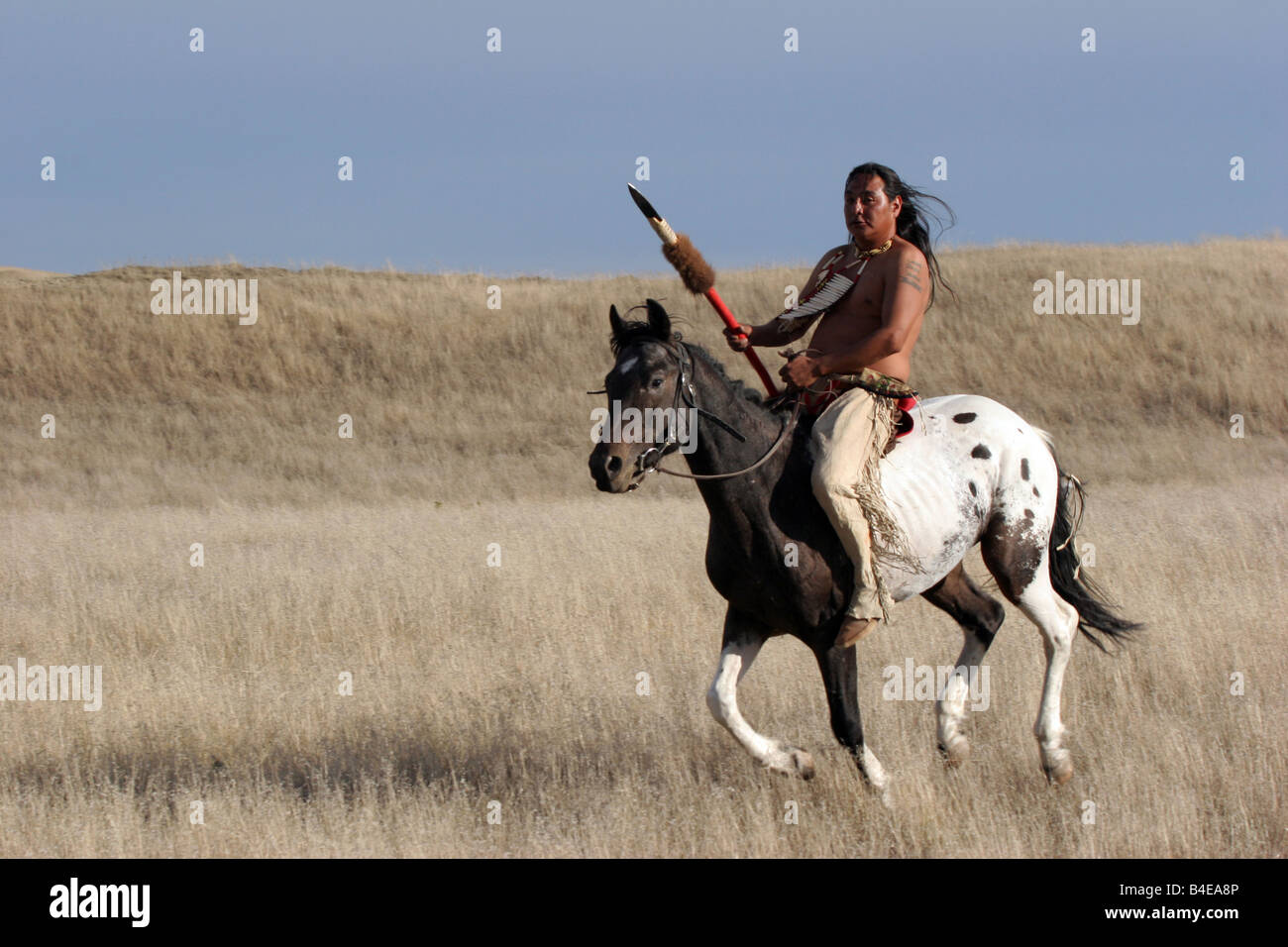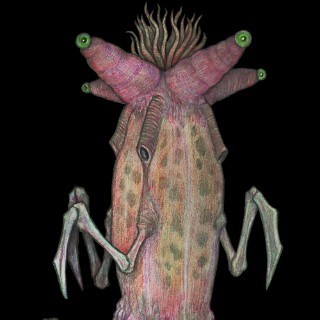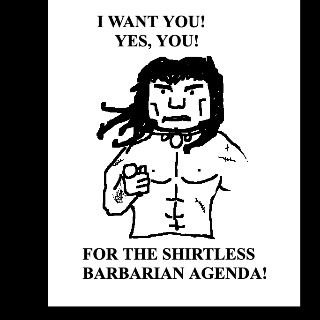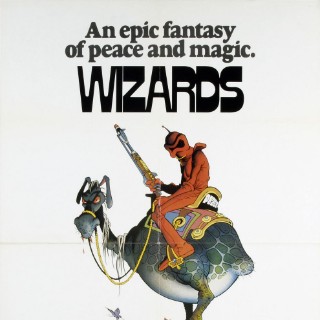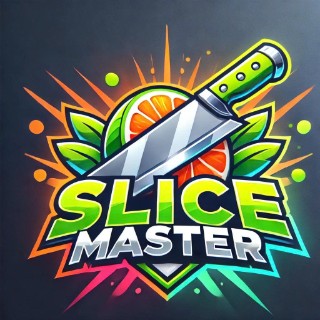I'm not picky, anything historical and specific is OK with me, but I'm also OK with a broad-strokes fantasy any-tribe suitable for "Hollywood" western gaming.
I'm sure that wild west gaming takes its cues from historically inaccurate western movies and TV shows anyway, and I wouldn't be surprised if most of what the movies and TV shows run on came from the Wild West shows put on by the likes of Buffalo Bill, which really seemed to run far less on historical accuracy than on romanticism, and whatever the shows could get by hiring any Native American performers willing and able to do the job of playing fantasy villain or romanticized "noble savage" [sic] roles in the Wild West shows, such that the "tribes" portrayed were, I'm sure, a mix of performers from a variety of tribes just trying to earn a paycheck together.
I can't speak to any historical accuracy, but at a glance, I think WGA's digital "Plains Indians" set fits this sort of pulp western fantasy perfectly, and both the digital set and footage from Buffalo Bill's shows look close enough in my book to those old-fashioned dime-store cowboy-and-indian toy soldier sets. Seems perfect to me, all other things being even. I think the main caution might be a political one: things have been a little more touchy the last several years than they were back in Buffalo Bill's day, and I'm not sure what would get you in more trouble these days, historical accuracy, or broad-strokes fantasy.
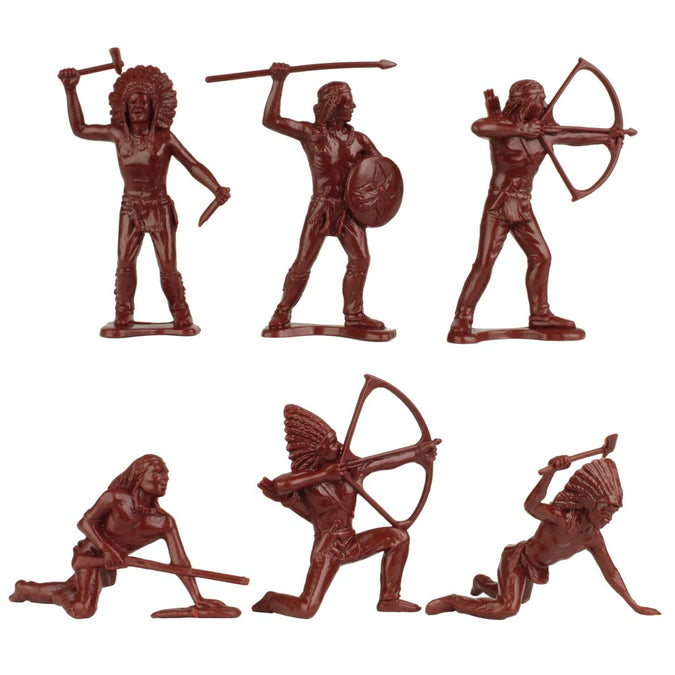
Tim Mee's old "Fort West" style "injuns" - good enough for playground sandbox wars in the '70s and probably still good enough today, but WGA's digital set looks better to me!
Either way, if six foot and three mounted figures can fit on the sprue with a suitable selection of appropriate bits - a good mix of rifles, lances, bows, tomahawks, war clubs, knives - then that sounds perfect, to me.





